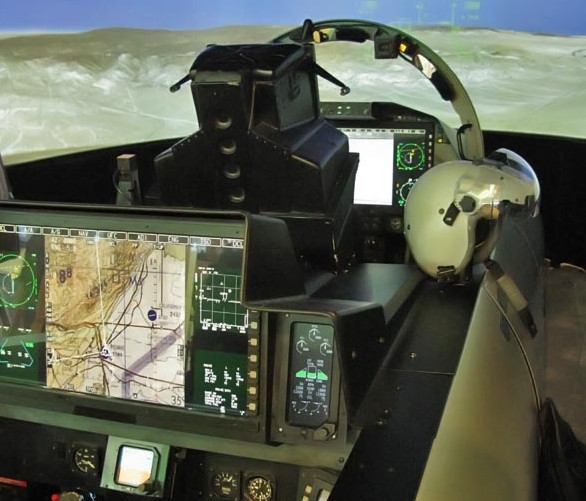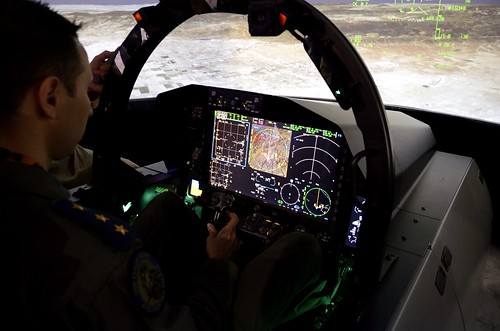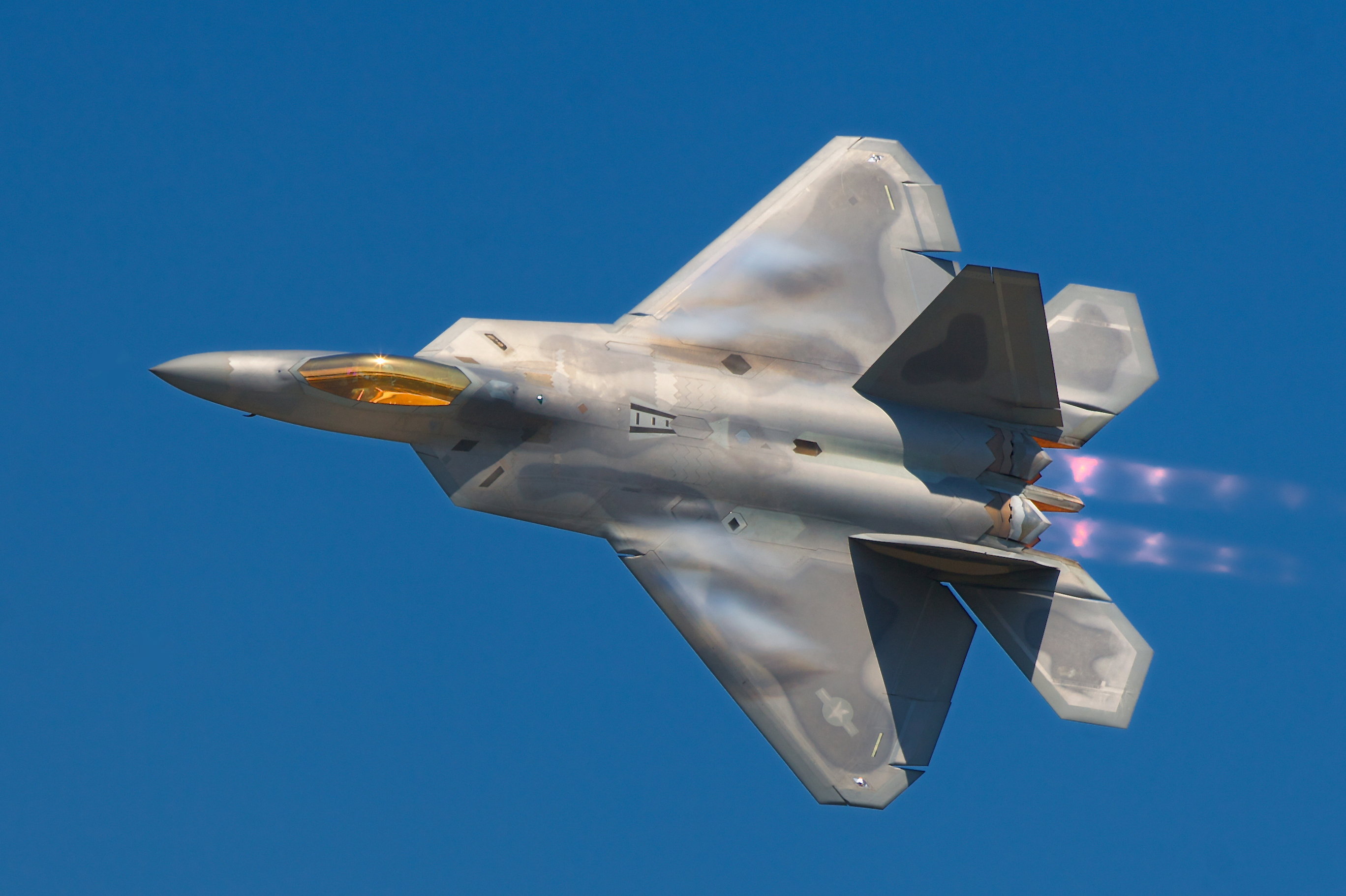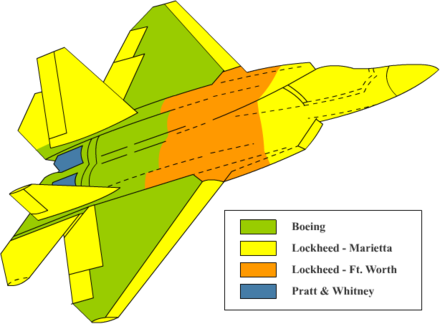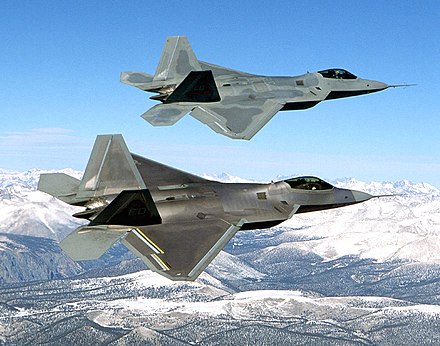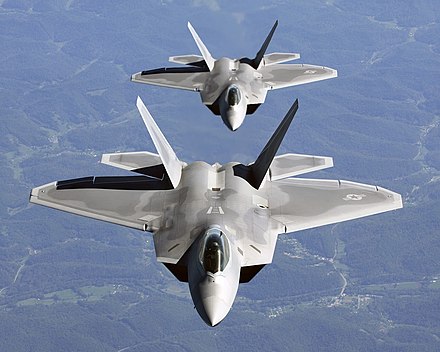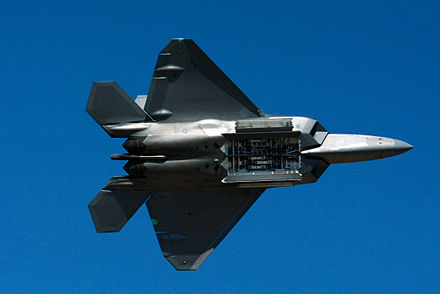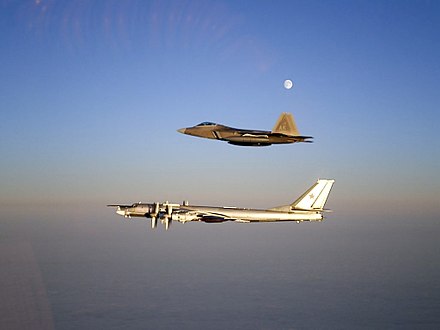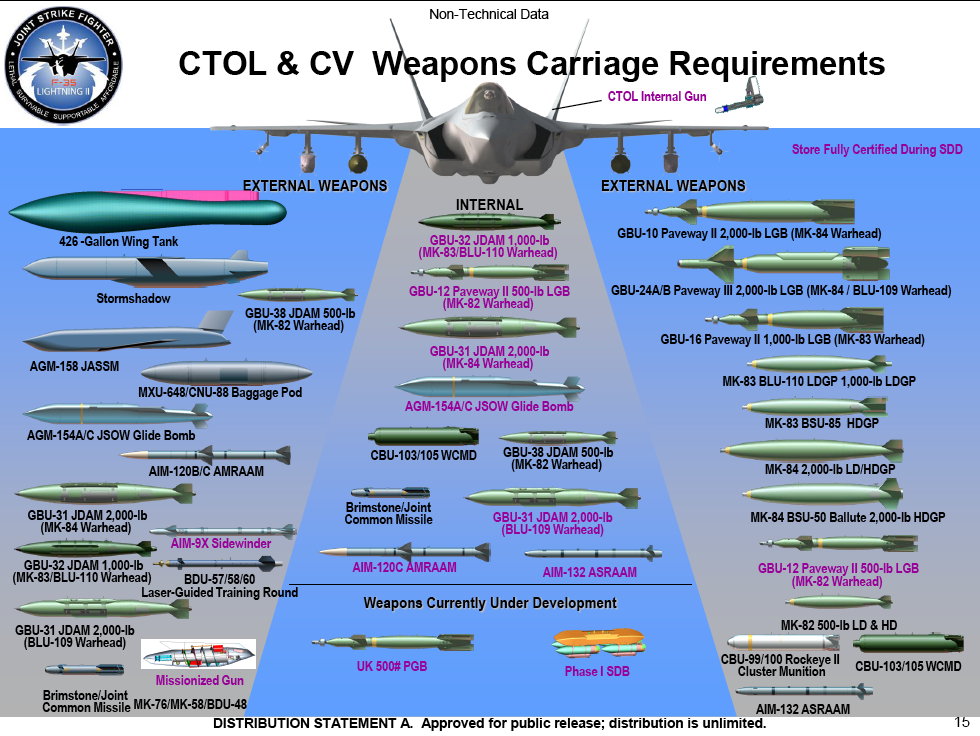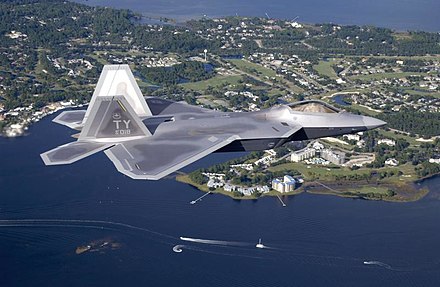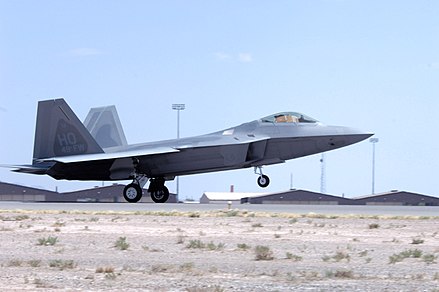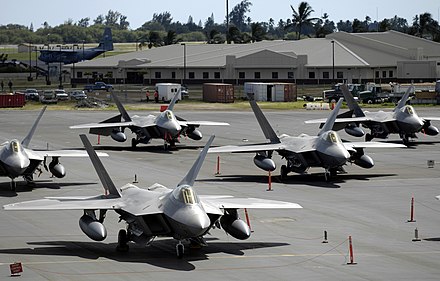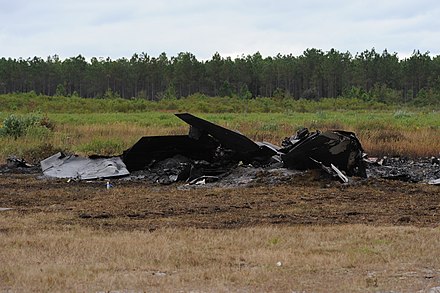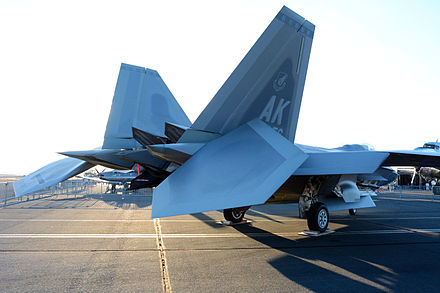Eurofighter Typhoon delivers an enviable level of flexibility and efficiency. Only Eurofighter Typhoon possesses both adequate weapon availability (up to 6 bombs whilst also carrying six missiles, a cannon and a targeting pod) and sufficient processing power to simultaneously support missile in-flight updates and bomb in-flight targeting. True swing-role capability.

The aircraft is designed to be upgraded and extended to provide decades of effective use. Combining a proven, agile airframe built from stealth materials with the latest sensor, control and weapons systems delivers the optimum combat capability – both beyond visual range (BVR) and in close combat.
The weapons systems, navigation technologies and control infrastructure are all designed to be upgraded, to continue to enhance the overall performance of the aircraft.
THE AIRFRAME

The aircraft is built with advanced composite materials to deliver a low radar profile and strong airframe. Only 15% of the aircraft’s surface is metal, delivering stealth operation and protection from radar-based systems. Pilots were included in design from the earliest stages to develop a deliberately unstable airframe that can still be flown effectively. This delivers both superior manoeuvrability at subsonic speeds and efficient supersonic capability to support the widest range of combat scenarios.
EUROFIGHTER TYPHOON SPECIFICATIONS
Max Speed
MACH 2.0
Thrust
90kNfrom each of the two
eurojet ej200 turbojets
Length
15.96M
Max Altitude
ABOVE 55,000FT
Wingspan
10.95M
THE MATERIALS

Strong, lightweight composite materials were key to the design of Eurofighter Typhoon to give it deliberate instability. Using them means the weight of the airframe is 30% less than for traditional materials, boosting the range and performance as well as reducing the radar signature.
GENERAL MATERIALS
Carbon Fibre Composites
70%
Metals
15%
Glass Reinforced Plastics (GRP)
12%
Other Materials
3%
PRODUCTION

Eurofighter Typhoon foreplane
The innovative production techniques developed for Eurofighter Typhoon have created a whole new industry for the most effective use of advanced composite materials. These provide greater tensile strength and more aerodynamic performance with less weight and more reliability than traditional materials.
THE TWIN EUROJET ENGINES

The Eurojet EJ200 engine
Developing leading-edge engine technology has been a key part of the Eurofighter Typhoon project from the start. Four global companies have jointly developed the high performance EJ200 power plants that each provide 90kN of thrust from a small lightweight engine with high strength and high temperature capability.
The two-spool design with single-stage turbines drives the three-stage fan and five-stage HP compressor with annular combustion with vaporising burners. This allows Eurofighter Typhoon to cruise at supersonic speeds without the use of reheat for extended periods. The engines deliver 1,000 flying hours without needing unscheduled maintenance through the use of advanced integrated Health Monitoring for class-leading reliability, maintainability and Through Life Cost.
DID YOU KNOW?
After a 1,400 hour flight simulation, the Eurojet engine produces the same operating performance as a brand new engine.
SENSORS

Sensor fusion is key to Eurofighter Typhoon's effective infrared sensor
Eurofighter Typhoon is at the forefront of sensor fusion technology and the sensor suite continues to be upgraded to deliver enhanced detection and decision-making. Combining the data from key sensors gives the pilot an autonomous ability to rapidly assess the overall tactical situation and respond efficiently to identified threats.
INFRARED SEARCH AND TRACK (IRST)
The PIRATE infrared sensor provides passive Air-to-Air target detection and tracking performance in the IRST mode for covert tracking and Air-to-Surface operations in the Forward Looking Infrared (FLIR) mode.
RADAR

The Captor-M mechanically scanned radar is a best-in-class radar, offering an extensive suite of modes to meet customers’ operational requirements, as well as providing a very competitive field of regard.
Captor-E is the future primary sensor on Eurofighter Typhoon and has a full suite of Air-to-Air and Air-to-Surface modes. The capacious front fuselage of the Eurofighter Typhoon allows the installation of Captor-E’s optimised array whose Field of Regard is some 50 per cent wider than traditional fixed plate systems.
This wide field of regard offers significant benefits in both Air-to-Air and Air-to-Surface engagements and given the large power and aperture available provides the pilot with much enhanced angular coverage compared to fixed plate systems.
AIR-TO-AIR FEATURES



The aircraft is designed to be upgraded and extended to provide decades of effective use. Combining a proven, agile airframe built from stealth materials with the latest sensor, control and weapons systems delivers the optimum combat capability – both beyond visual range (BVR) and in close combat.
The weapons systems, navigation technologies and control infrastructure are all designed to be upgraded, to continue to enhance the overall performance of the aircraft.
THE AIRFRAME

The aircraft is built with advanced composite materials to deliver a low radar profile and strong airframe. Only 15% of the aircraft’s surface is metal, delivering stealth operation and protection from radar-based systems. Pilots were included in design from the earliest stages to develop a deliberately unstable airframe that can still be flown effectively. This delivers both superior manoeuvrability at subsonic speeds and efficient supersonic capability to support the widest range of combat scenarios.
EUROFIGHTER TYPHOON SPECIFICATIONS
Max Speed
MACH 2.0
Thrust
90kNfrom each of the two
eurojet ej200 turbojets
Length
15.96M
Max Altitude
ABOVE 55,000FT
Wingspan
10.95M
THE MATERIALS

Strong, lightweight composite materials were key to the design of Eurofighter Typhoon to give it deliberate instability. Using them means the weight of the airframe is 30% less than for traditional materials, boosting the range and performance as well as reducing the radar signature.
GENERAL MATERIALS
Carbon Fibre Composites
70%
Metals
15%
Glass Reinforced Plastics (GRP)
12%
Other Materials
3%
PRODUCTION

Eurofighter Typhoon foreplane
The innovative production techniques developed for Eurofighter Typhoon have created a whole new industry for the most effective use of advanced composite materials. These provide greater tensile strength and more aerodynamic performance with less weight and more reliability than traditional materials.
THE TWIN EUROJET ENGINES

The Eurojet EJ200 engine
Developing leading-edge engine technology has been a key part of the Eurofighter Typhoon project from the start. Four global companies have jointly developed the high performance EJ200 power plants that each provide 90kN of thrust from a small lightweight engine with high strength and high temperature capability.
The two-spool design with single-stage turbines drives the three-stage fan and five-stage HP compressor with annular combustion with vaporising burners. This allows Eurofighter Typhoon to cruise at supersonic speeds without the use of reheat for extended periods. The engines deliver 1,000 flying hours without needing unscheduled maintenance through the use of advanced integrated Health Monitoring for class-leading reliability, maintainability and Through Life Cost.
DID YOU KNOW?
After a 1,400 hour flight simulation, the Eurojet engine produces the same operating performance as a brand new engine.
SENSORS

Sensor fusion is key to Eurofighter Typhoon's effective infrared sensor
Eurofighter Typhoon is at the forefront of sensor fusion technology and the sensor suite continues to be upgraded to deliver enhanced detection and decision-making. Combining the data from key sensors gives the pilot an autonomous ability to rapidly assess the overall tactical situation and respond efficiently to identified threats.
INFRARED SEARCH AND TRACK (IRST)
The PIRATE infrared sensor provides passive Air-to-Air target detection and tracking performance in the IRST mode for covert tracking and Air-to-Surface operations in the Forward Looking Infrared (FLIR) mode.
RADAR

The Captor-M mechanically scanned radar is a best-in-class radar, offering an extensive suite of modes to meet customers’ operational requirements, as well as providing a very competitive field of regard.
Captor-E is the future primary sensor on Eurofighter Typhoon and has a full suite of Air-to-Air and Air-to-Surface modes. The capacious front fuselage of the Eurofighter Typhoon allows the installation of Captor-E’s optimised array whose Field of Regard is some 50 per cent wider than traditional fixed plate systems.
This wide field of regard offers significant benefits in both Air-to-Air and Air-to-Surface engagements and given the large power and aperture available provides the pilot with much enhanced angular coverage compared to fixed plate systems.
AIR-TO-AIR FEATURES

- Search Modes - Range While Search (RWS), Velocity Search (VS) and multiple target Track While Scan (TWS)
- Lock-Follow Modes, which are tailored for long range tracking and short range tracking for use in visual identification or gun attacks
- Air Combat Acquisition Modes allowing a choice of boresight, vertical scan HUD field of view or slaved acquisition

- Search Modes - Ground Map, High Resolution Map, Ground Moving Target Identification and Sea Surface Search and Track While Scan
- Track Modes - Fixed Target Track and Moving Target Track
- Air-to-Surface Ranging




















